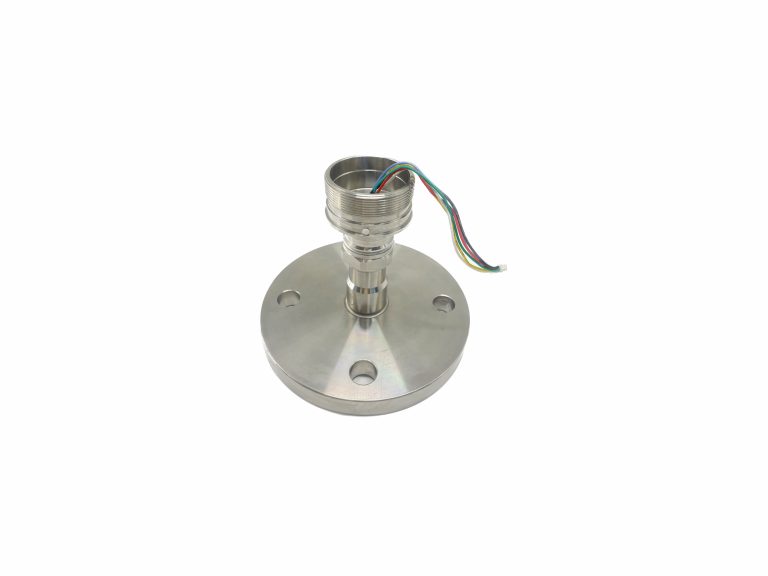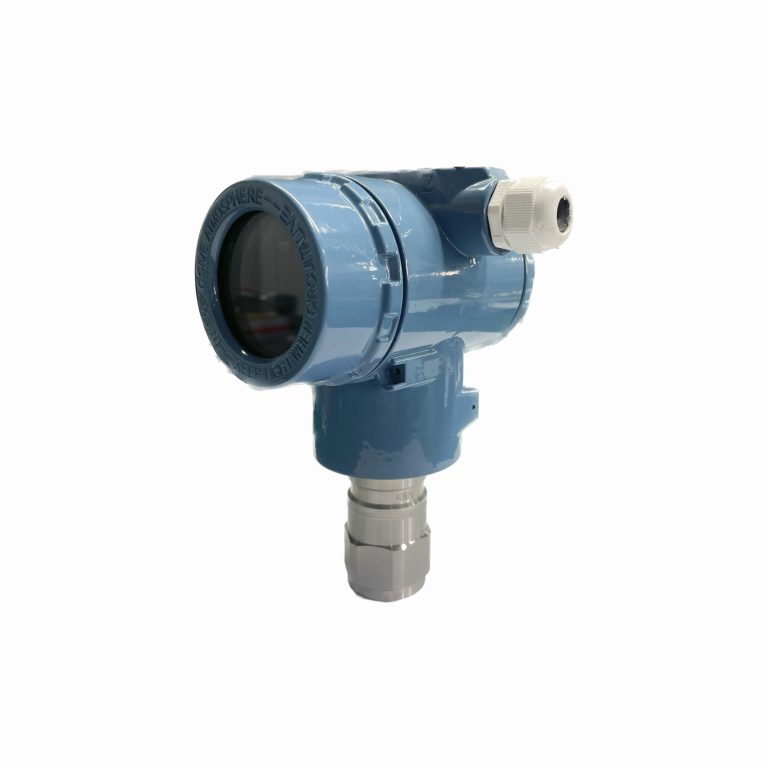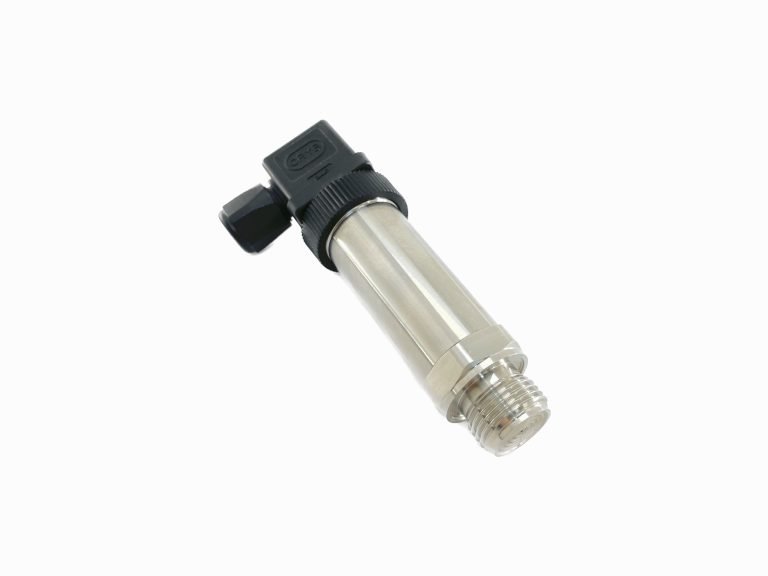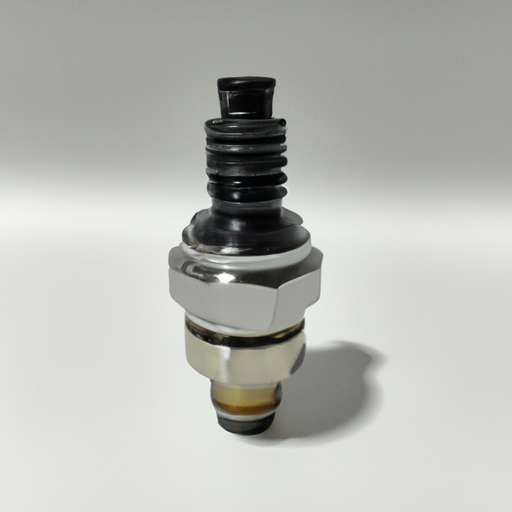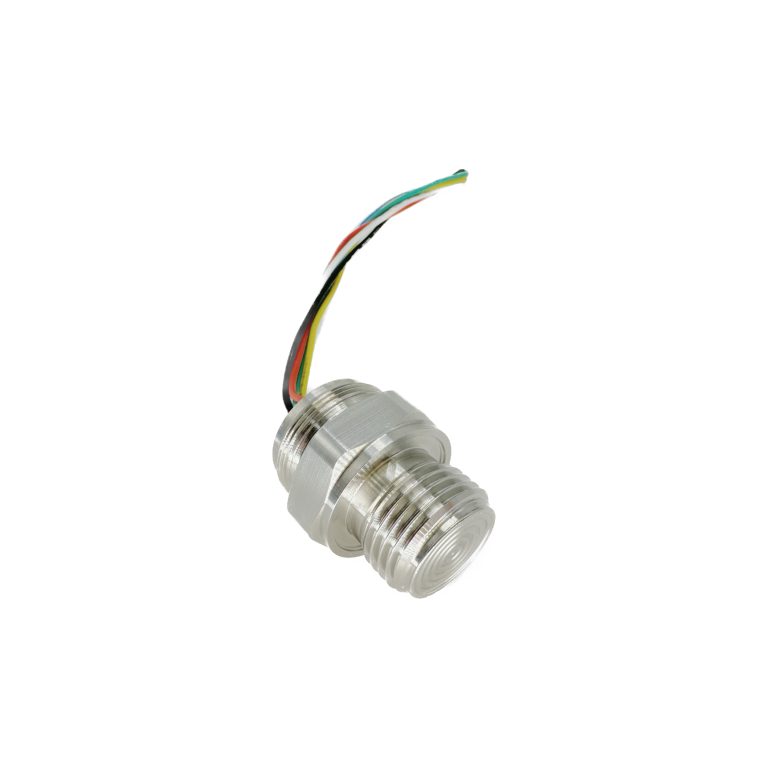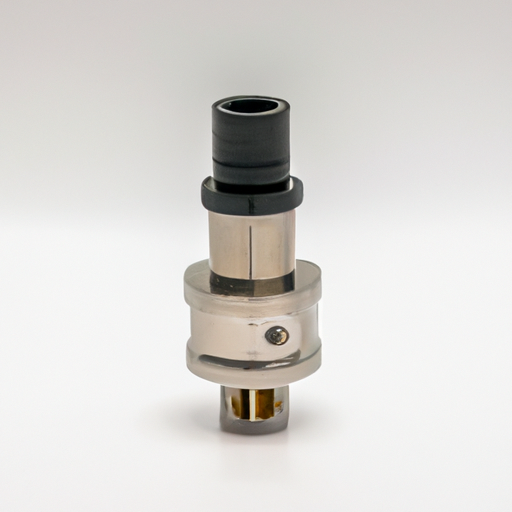Table of Contents
How to Select the Right Pressure Transmitter 4-20mA for Your Application
When selecting a pressure transmitter 4-20mA for your application, there are several factors to consider. The most important factor is the accuracy of the transmitter. The accuracy of the transmitter should be within the range of the application’s requirements. It is also important to consider the range of the transmitter. The range should be wide enough to cover the range of the application. The next factor to consider is the type of pressure transmitter. There are two main types of pressure transmitters: absolute and gauge. Absolute pressure transmitters measure the absolute pressure of a system, while gauge pressure transmitters measure the pressure relative to atmospheric pressure. Depending on the application, one type may be more suitable than the other. The output signal of the pressure transmitter is also an important factor to consider. The most common output signal is 4-20mA, but other signals such as 0-10V or 0-5V are also available. The output signal should be compatible with the system it is being used in.The Benefits of Using Pressure Transmitter 4-20mA in Industrial Automation
Industrial automation is a rapidly growing field, and pressure transmitters are an important part of the process. Pressure transmitters are used to measure and monitor pressure in a variety of industrial applications, from oil and gas production to water treatment. Pressure transmitters are typically used in conjunction with a control system to provide feedback on the pressure in a system.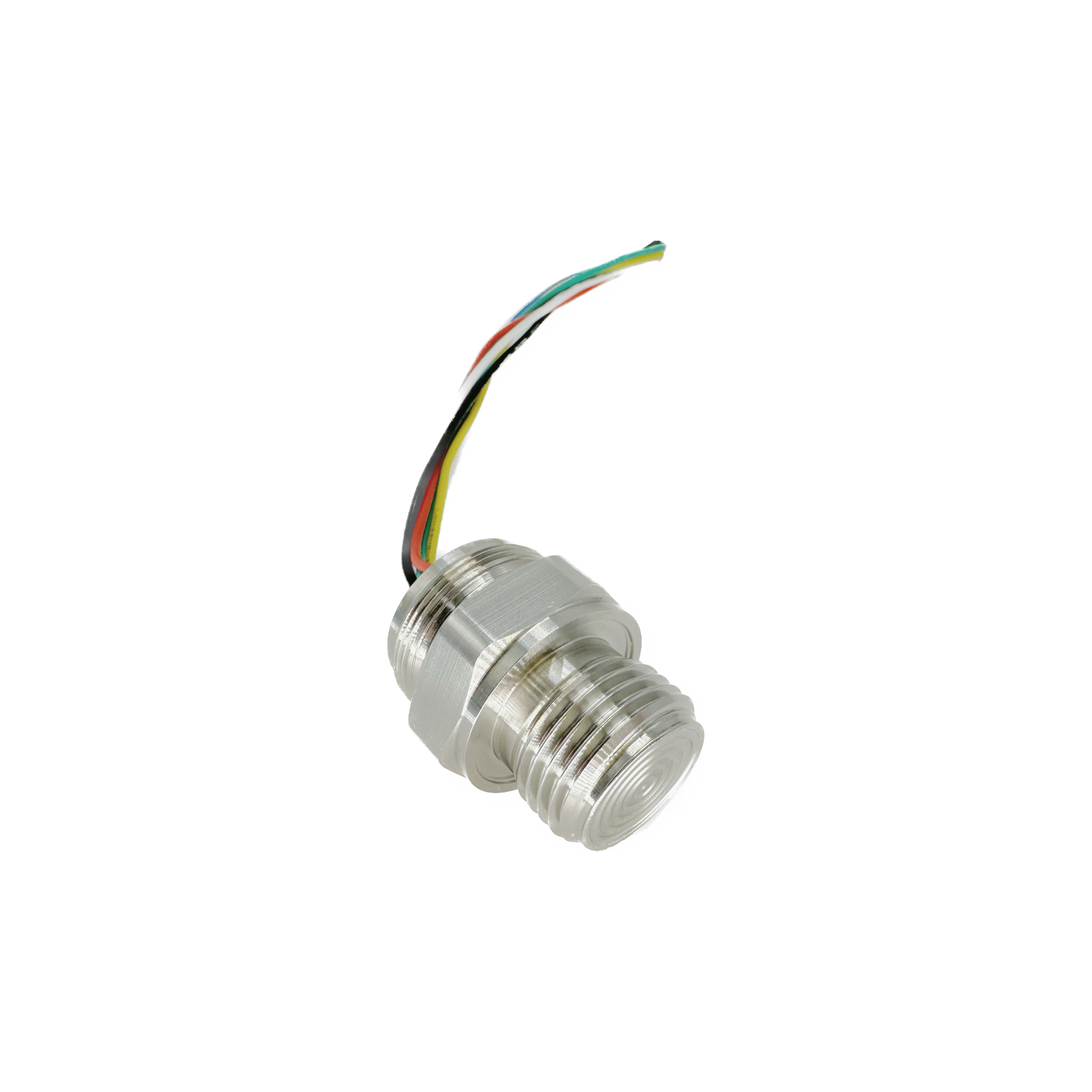 One of the most popular types of pressure transmitters is the 4-20mA pressure transmitter. This type of pressure transmitter is designed to provide a linear output signal that is proportional to the pressure being measured. The 4-20mA signal is a standard signal used in industrial automation, and it is easy to integrate into existing systems.
One of the most popular types of pressure transmitters is the 4-20mA pressure transmitter. This type of pressure transmitter is designed to provide a linear output signal that is proportional to the pressure being measured. The 4-20mA signal is a standard signal used in industrial automation, and it is easy to integrate into existing systems.
| Measuring medium | Gases, vapours, liquids |
| Inaccuracy | ±0.075% |
| stability | ±0.1%/3 years |

